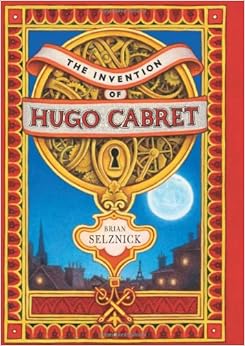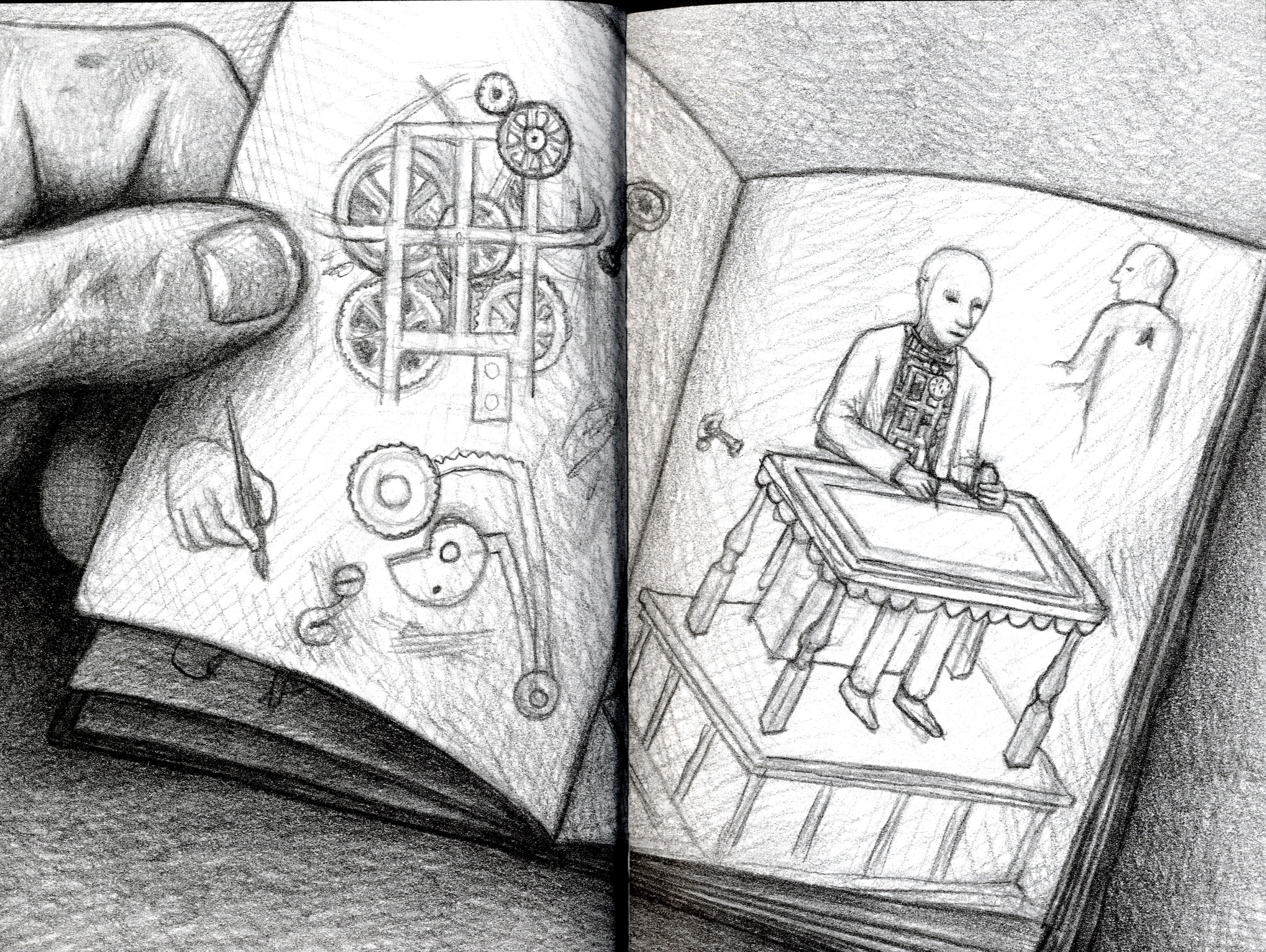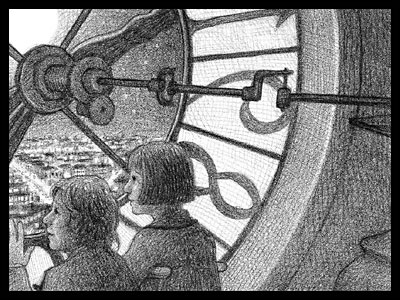 Late last term Eva and Rebecca, along with other HNI students, were offered an opportunity to enter an Innovative pizza competition. They practiced over the school holidays then had a cook off to see who would go into the competition as only 10 from HNI could enter. Eva and Rebecca were both chosen.
Late last term Eva and Rebecca, along with other HNI students, were offered an opportunity to enter an Innovative pizza competition. They practiced over the school holidays then had a cook off to see who would go into the competition as only 10 from HNI could enter. Eva and Rebecca were both chosen. The competition was held at the E.I.T on Sunday the 25th of May. They had 45 minutes to cook the pizza's before judging began. Nine HNI students won medals, with Eva gaining a Gold (yay, go Eva!!) and Rebecca being judged the overall winner (awesome!!), receiving a $50 voucher from Pipi's. Her pizza recipe was roast vegetables and roast lamb with feta and basil. I can vouch for how yummy these pizzas were!!










